Escobar: The European Matryoshka Of Irrelevance
Authored by Pepe Escobar,
The EU/NATO combo cannot but play the role of pathetic yapping chihuahuas. That’s the price you pay for a matrioshka of supreme stupidity.

No one ever lost money betting on the politically suicidal instincts of post-Orwellian EU – that acronym for a virtual Europe.
Call them juvenile bipolar psychos or a bunch of yapping chihuahuas: no Jupiterian or Mercurial voice of reason has been capable to impart to the “leadership” in Brussels and their vassals in most European capitals – yes, there are healthy exceptions – that losers in wars do not dictate terms.
And still those War Council luminaries – with a special starring role for the toxic Pfizer Medusa and her Estonian sidekick unable to even manage a herring stall in the Baltics – insist that essentially the mega-corrupt gang in Kiev must prevail, to the last Ukrainian dead, and on top of it dictate the final terms of their non-surrender.
Reality begs to differ. Plan A was never to talk, much less negotiate with Russia. And still there’s no Plan B.
So after the 28-pointer Theater of the Absurd – which is not even Trump’s plan, but a mish mash concocted by the Witkoff-Dmitriev duo plus “insights” from neo-con Rubio and toxic Zionist asset Jared Kushner – the cross-yapping went ballistic, leading to an emergency “counter-plan” that is, what else, a Loser’s Manifesto.
Even Rubio allowed himself a shining moment: “What plan?” Might as well call it The Euro-kiss of Death.
Russia, meanwhile, behaves like Lao Tzu surrounded by rabid stray dogs. The conditions for a negotiation have been set in detail by Putin since June 2024. These are non-negotiable, and would allow the negotiation to start: Kiev withdraws from the four regions and formally pledges to never enter NATO.
One of the EU’s “counter-plan” points is a 30-day ceasefire, with all territorial disputes to be debated afterwards. So that means everything frozen on the current front line, and no Ukraine withdrawal from the parts of Donbass they still occupy.
None of that – and much more – is remotely acceptable to the actual winner of the war, Russia. It would not be acceptable even if NATO troops were entering Moscow tomorrow.
So the “counter-plan”, elaborated in conjunction with the unimaginably corrupt Kiev combo, is essentially a sabotage op to buy some extra time and buy some $6 trillion in – American – weapons – for their amply avowed Forever War. Fine with Moscow – as the SMO will keep going on, rolling thunder mode.
Losers bombing a peace plan
The EU’s 24-point counter-plan contains nuggets such as Ukraine receiving legally binding security guarantees from the Empire of Chaos and its vassals: a de facto NATO Article 5 scam with different terminology.
Plus no restrictions on Ukraine’s armed forces and defense industry; control of the Zaporozhye Nuclear Power Plant (with the Empire of Chaos in the mix) and the Kakhovka Dam; unhindered access to the Dnieper River and control of the Kinburn Spit.
And the killer: Ukraine “financially compensated” – including through the stolen, so far, Russian sovereign assets, which will remain stolen until Moscow pays compensation.
As for sanctions, they “may” – that’s the operative word – be “partially” – another operative word – eased only after a “sustainable peace”, with automatic snap-back if the deal is violated. Translation: the West can sanction Russia again anytime they see fit. No word on provocations by the EU/NATO using Ukraine – the actual set up that led to the SMO.
So what the “counter-plan” proposes – obviously redacted by a bunch of Eurocrats who cannot even fire a pistol properly – is a replica of the exact blueprint that led to the battlefield opened in February 2022.
Russia once again is playing it with boundless patience. The Trump plan which is not really Trump’s is diplomatically regarded as a “good foundation” for further serious negotiations – with the yapping crowd having no access to the table. That’s it – at best.
After all Russia is enjoying a series of overlapping asymmetric advantages in the battlefield: systemic and tactical adaptation; enormous advantage in drone operations (FPV drones with fiber-optics); use of long-range glide bombs.
The chihuahua “counter-plan” essentially calls for a frozen war; a remilitarized Ukraine; a remilitarized NATO; and ultimately a perennial Forever War against Russia. It has already bombed, metaphorically, the original Trump plan that is not exactly Trump’s.
The “counter-plan” should also be seen as a diversionist tactic now that the dark pit of corruption in Kiev starts to be pried upon by the NABU investigation – even as Russian UN representative Nebenzya had been warning the UN Security Council since forever that “you were dealing with a corrupt gang that is profiting from the war”.
Nebenzya also correctly observed that not a single Western country has said a word about the corruption scandal in Kiev. Of course: because a proper investigation will inevitably follow the corruption chain of command all the way to decision making circles in Washington and in Brussels.
The metaphysical void of EU “elites”
Emmanuel Todd, in his ground-breaking The Defeat of the West, published in France early last year (the first review in English is here) was the first European analyst to get deeper into the EU malaise, side by side with his comprehensive analysis of the proxy war in Ukraine.
Recently, in an outstanding lecture in Hiroshima, Todd made a startling correlation between Russophobia and Protestantism. Certain passages are worth quoting at length:
“What we have seen appear recently in Europe is a specifically European Russophobia, a specifically European warmongering, centered on Northern Europe, on Protestant Europe. Protestant Europe is the United Kingdom, it’s the majority of Germany, it’s Scandinavia, it’s two out of three Baltic countries.”
At the same time, Todd has observed that “Spain, Italy, Catholic countries in general, are neither Russophobic nor hawkish.”
Todd’s key argument is that protestantism “is more dangerous in its zero state than Catholicism”: “Protestantism is more capable of leaving behind a nihilistic society. Protestantism, and the same could be said of Judaism, was a very demanding religion. There was God, there was the faithful, and the world was secondary. The beauty of the world in particular was rejected with, among other things, a refusal of images, a refusal of the visual arts. When such religions, obsessed with transcendence, disappear, nothing remains. The world itself is not interesting, empty. This intense void opens up a particular possibility of nihilism. Catholicism is a less demanding, more humane religion that can accept the idea that the world is, in itself, beautiful. The images have not been rejected in the Catholic world, and the Catholic world is filled with artistic wonders. In a Catholic country, if you lose God, you are left with the feeling of this beauty of the world. If you are French, you still have the feeling that you live — an illusion no doubt — in the most beautiful country in the world.”
Well, it’s slightly more nuanced. What about the – vicious – Crusades and the Spanish Inquisition? Germany was in fact forced by a massive P.R. campaign to become Russophobic, unlike the Baltic chihuahuas. Most of Protestant Europe is in fact atheistic – and the next step from atheism is nihilism. Romania is mostly Christian Orthodox – where hatred of Russia is like a national sport. And Protestantism was essentially Christianity turbo-charged to the Age of Capital. So the main conflict is in fact Western turbo-Neoliberalism v. Christian Orthodox Russia.
Back to the basics.
Everyone with an IQ over room temperature knows that the NATO regime in Kiev runs on theft and outright plunder. The lights are now off. Heating is mostly off. The army is steadily collapsing all along the 1,200+ km frontline.
Yet the EU elites – the set up in Brussels just follows their orders – have invested no holds barred in the inevitable (in their dreams) collapse and looting of Russia. That’s why there was never a Plan B.
If the EU folds now, if they admit they are the irretrievable losers in this absurdist adventure, the economic collapse will be epic. The EU/NATO combo cannot but play the role of pathetic yapping chihuahuas. That’s the price you pay for a matryoshka of supreme stupidity: to provoke and threaten a superpower with the most advanced nuclear and hypersonic arsenal on the planet. Their current “victory” is to bomb Trump’s already shaky “peace” plan.
So many horrors, so little time. On a more auspicious note, let’s give Todd the last word:
“If you are Italian, you actually live in the country in the world where there are the most beautiful things, since Italy itself has become an object of art. In such contexts, the fear of the metaphysical void is less intense, and therefore the risk of nihilism less. In my opinion, the country in Europe least threatened by nihilism is Italy, because in Italy everything is beautiful”.
So shed your metaphysical void, dump those chihuahuas of war, and embrace the beauty of Italy as a living work of art. That’s exactly what I’m doing next.
Views expressed in this article are opinions of the author and do not necessarily reflect the views of ZeroHedge.
Tyler Durden
Tue, 11/25/2025 - 23:25
 Getty Images
Getty Images







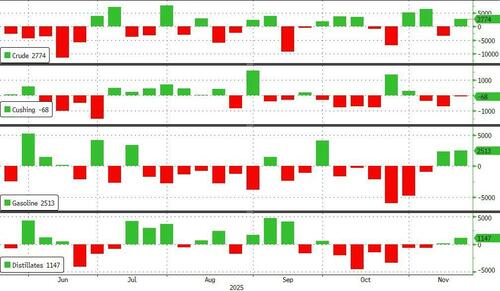



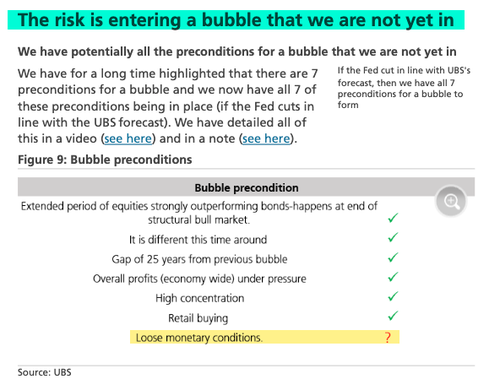


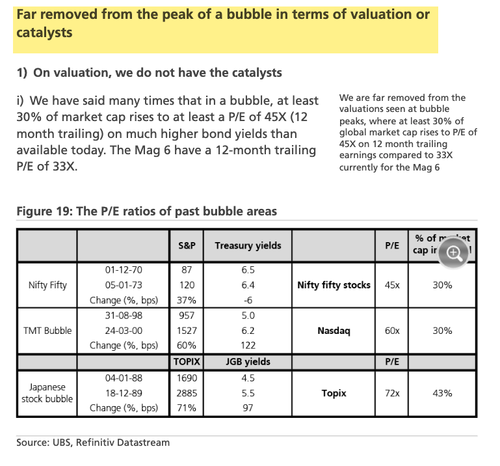
 Travelers check in at O'Hare International Airport in Chicago on Nov. 25, 2025. Kamil Krzaczynski/AFP via Getty Images
Travelers check in at O'Hare International Airport in Chicago on Nov. 25, 2025. Kamil Krzaczynski/AFP via Getty Images



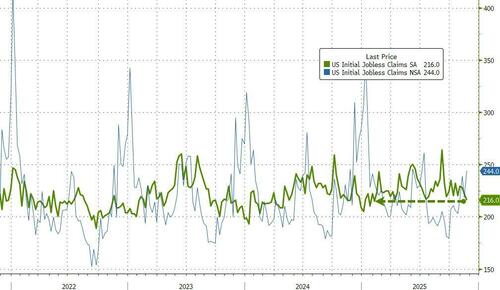

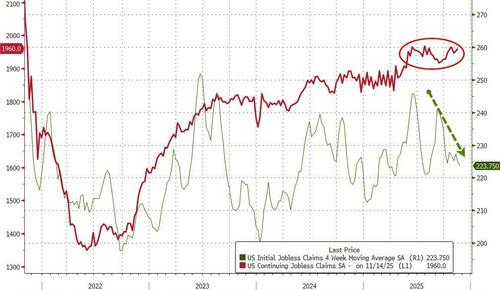


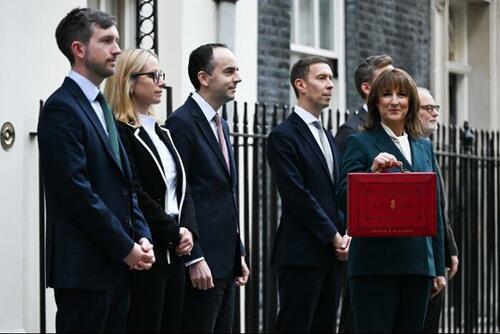

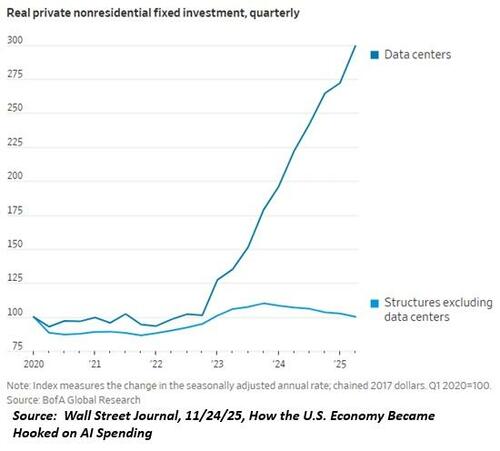



 Zephyr_p/shutterstock
Zephyr_p/shutterstock




 Scene from "Project X"
Scene from "Project X" Stephanie Arnett/MIT Technology Review | Adobe Stock
Stephanie Arnett/MIT Technology Review | Adobe Stock
Recent comments